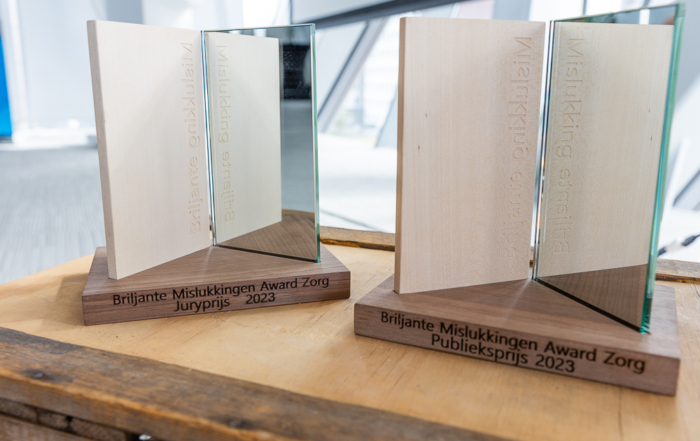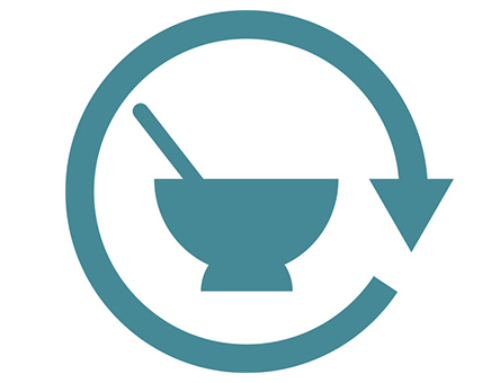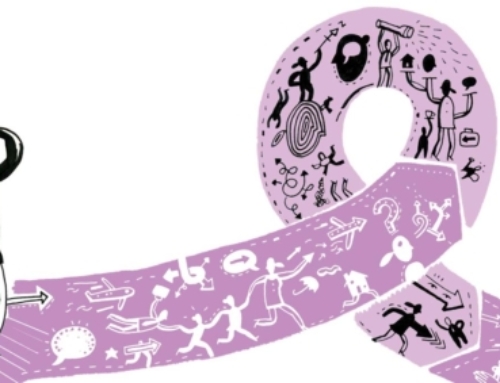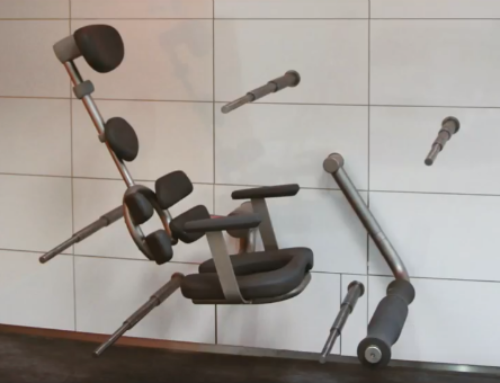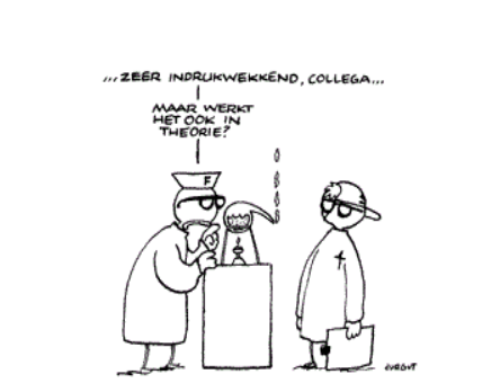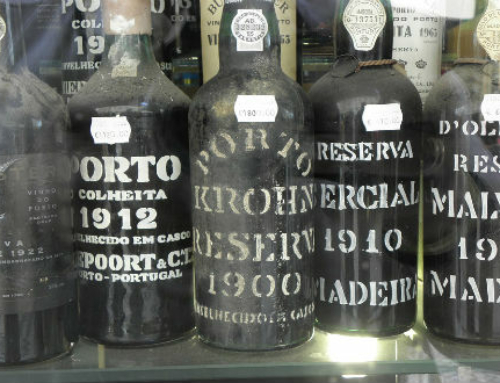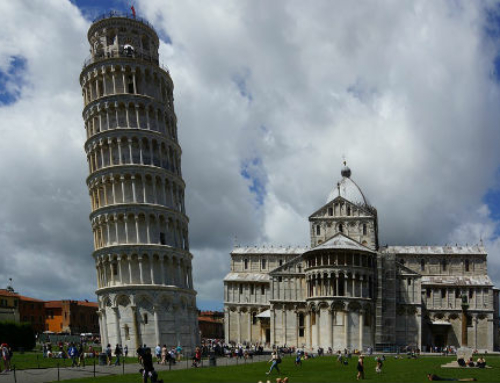The intention
The scientists Geim and Novoselov liked to organize their so-called Friday evening trials, cheerful experiments without a preconceived scenario to which you, they said in an interview, “at least 10 percent of your time to spend”.
The approach
In such a test they drew, in 2004, with a piece of Scotch tape a super thin peel of graphite from a pencil point.
The result
A kind of chicken wire of carbon atoms that has gripped the physics world ever since. And it delivered Geim and Novoselov in 2010 the Nobel Prize. The chicken wire – graphene – has exceptional properties. It can conduct electricity just as well as copper does. It conducts heat better than all known materials. It is flexible and almost transparent, yet so dense that even helium gas cannot pass through it. Graphene is therefore seen as a candidate for innovative electronics: graphene transistors are expected to be faster than current silicon transistors. Because graphene conducts well and is practically transparent, is it also suitable for use in touchscreens, light panels and solar cells. When graphene is mixed into plastics, can it make those plastics heat resistant and strong, and produce materials that are super strong, be lightweight and flexible, and those possibly in airplanes, cars and aerospace will be used.
The lessons
Space: “So many people were looking for graphene and I almost stumbled across it. (…) All I can do, is trying to increase the small chance of tripping over something again.” Geim discovered graphene 'by accident', his discovery was a result of serendipity. In his work he makes room for creativity, for playfulness and for coincidence. To know if you have tripped over something important or not, do you need sufficient basic knowledge. As a fifteen-year-old boy, he wanted to find the answers to the big questions: how does the cosmos work. Astrofysica. Particle physics. Later he wrote his thesis on the physics of metals. Sow. Boorring. But then it started to get fun. “I had acquired the basic knowledge, now I could choose my own subjects, fantasize, to think, play." These targeted steps to gather the necessary knowledge provided Geim with the space he was looking for. He had proven to master the skills of his trade and could start experimenting. Serendipity cannot exist in a vacuum: it takes matter to play with and space to wander.
Further:
Geim did more crazy research: for example, he let a kicker float in an ultra-strong magnetic field. For this he got in 2000 the Ig Nobel Prize – the counterpart of the Nobel Prize, for crazy research. Geims hamster co-authored the publication in question. Space, who worked at Radboud University in the Netherlands indicates that in the Netherlands there was not always the same appreciation for these kinds of experiments. That was one reason for leaving for Manchester where he became a professor. “The Dutch academic system is a bit too hierarchical for me”. As he said in a professional magazine. „One professor is the boss and everyone in his group is his subordinate. (…) I don't feel comfortable with that.”
Sources: NRCNext, Thursday 13/1/2011, Lumax productions, 24/11/2010
Author: editors IVBM
OTHER BRILLIANT FAILURES
Who finances lifestyle in cardiac rehabilitation?
Beware of the chicken-egg problem. When parties are excited, but first ask for proof, check carefully whether you have the means to provide that burden of proof. And projects aimed at prevention are always difficult, [...]
Brilliant Failure Award Healthcare – 20 to stop coming up with new advice 2024
Wednesday 20 In November, the Brilliant Failure Awards for Healthcare will be organized for the tenth time by the Institute for Brilliant Failures.
Brilliant Failure Award Healthcare – 20 to stop coming up with new advice 2024
Wednesday 20 In November, the Brilliant Failure Awards for Healthcare will be organized for the tenth time by the Institute for Brilliant Failures.



